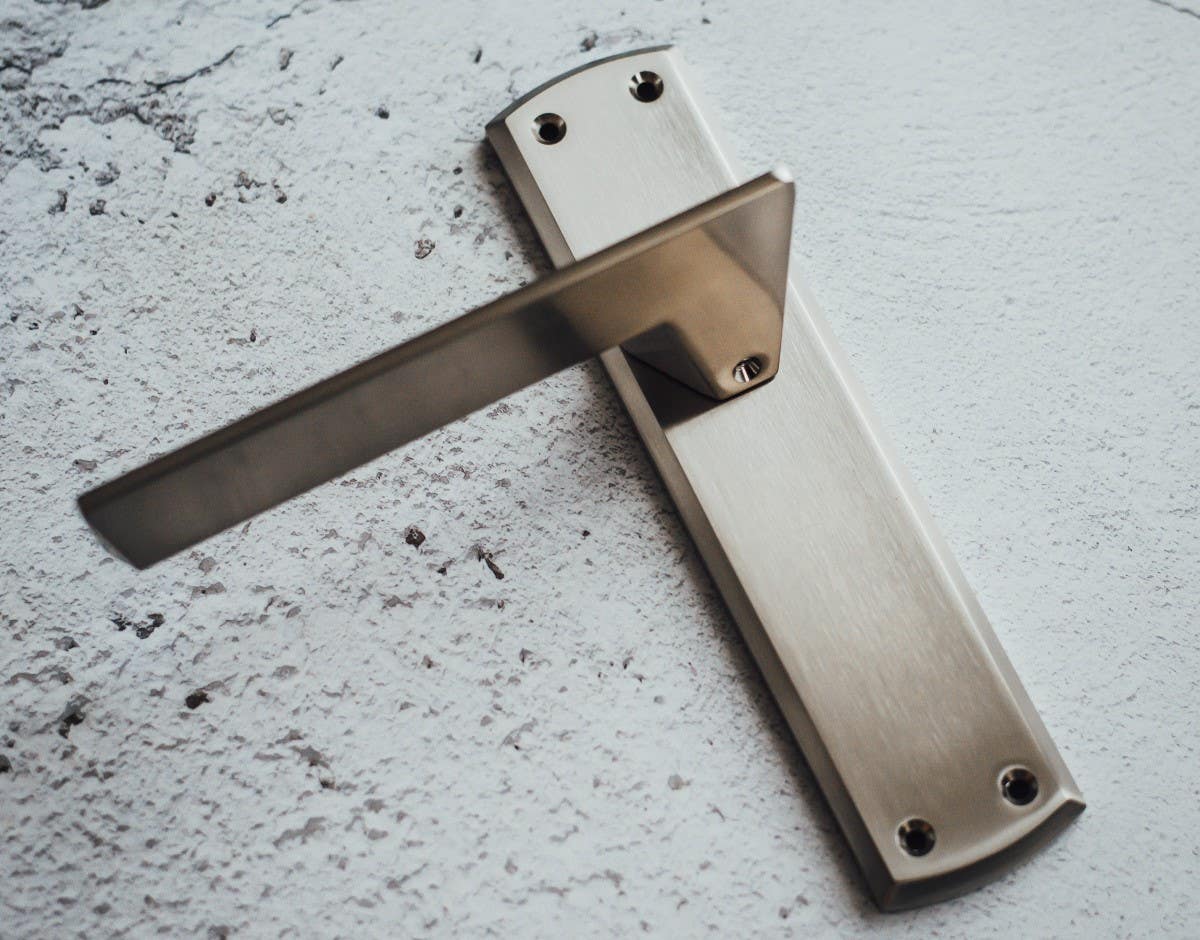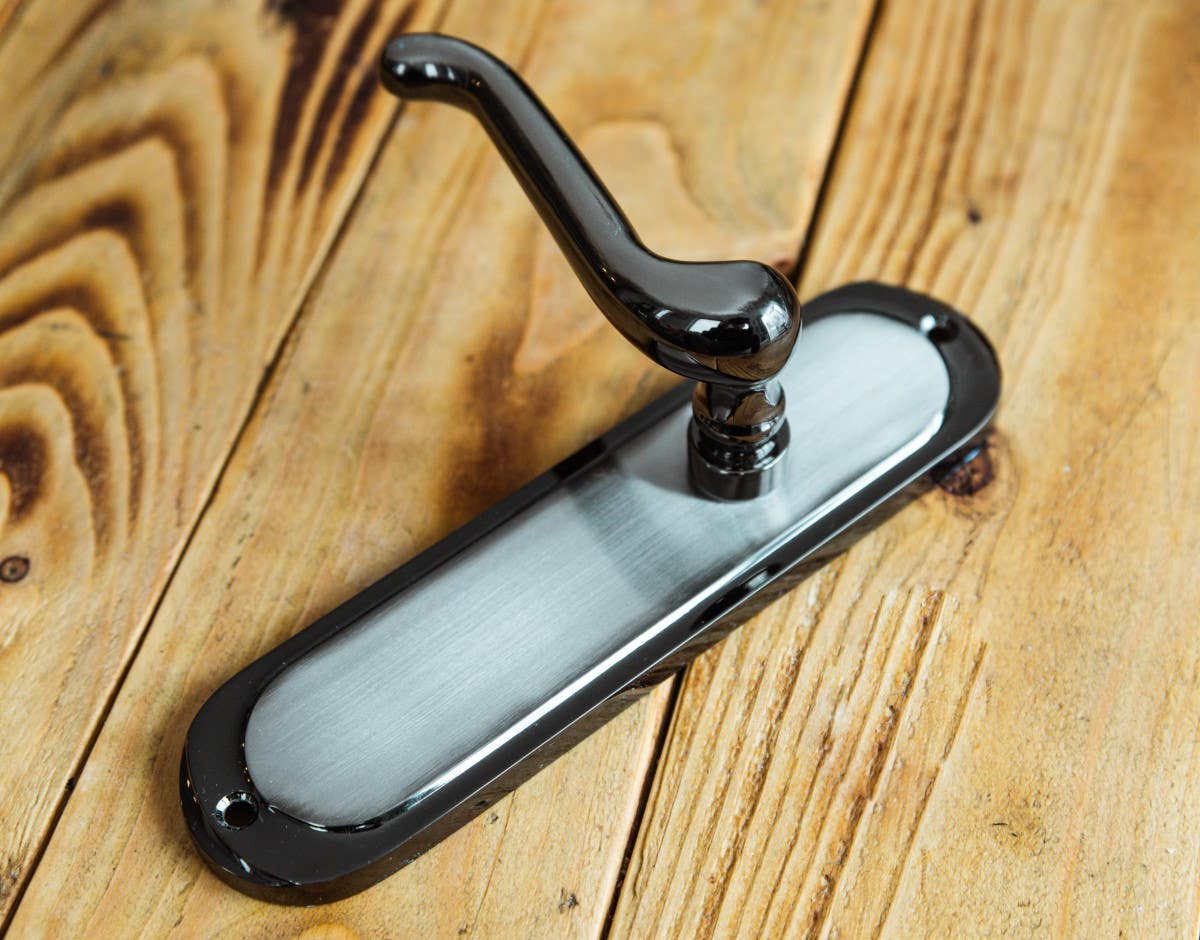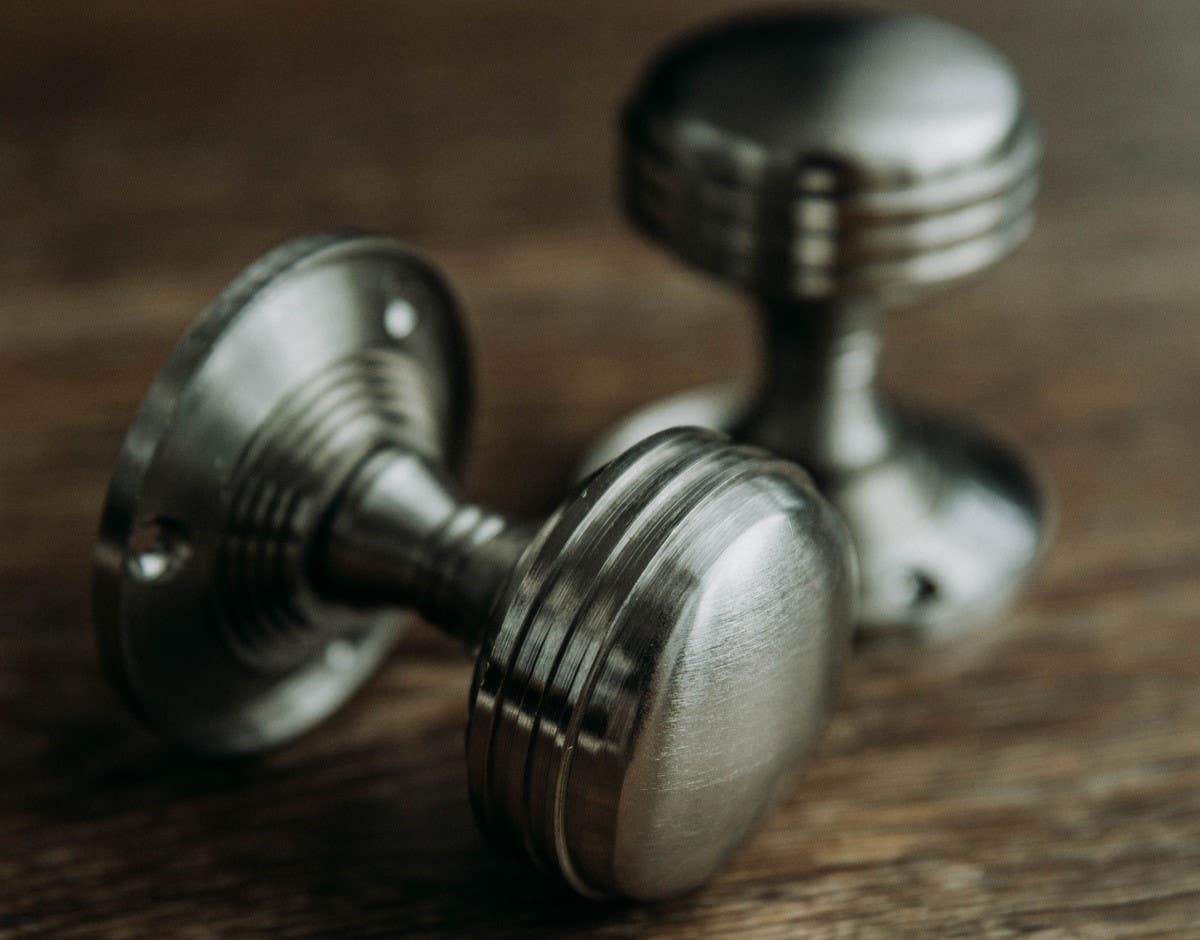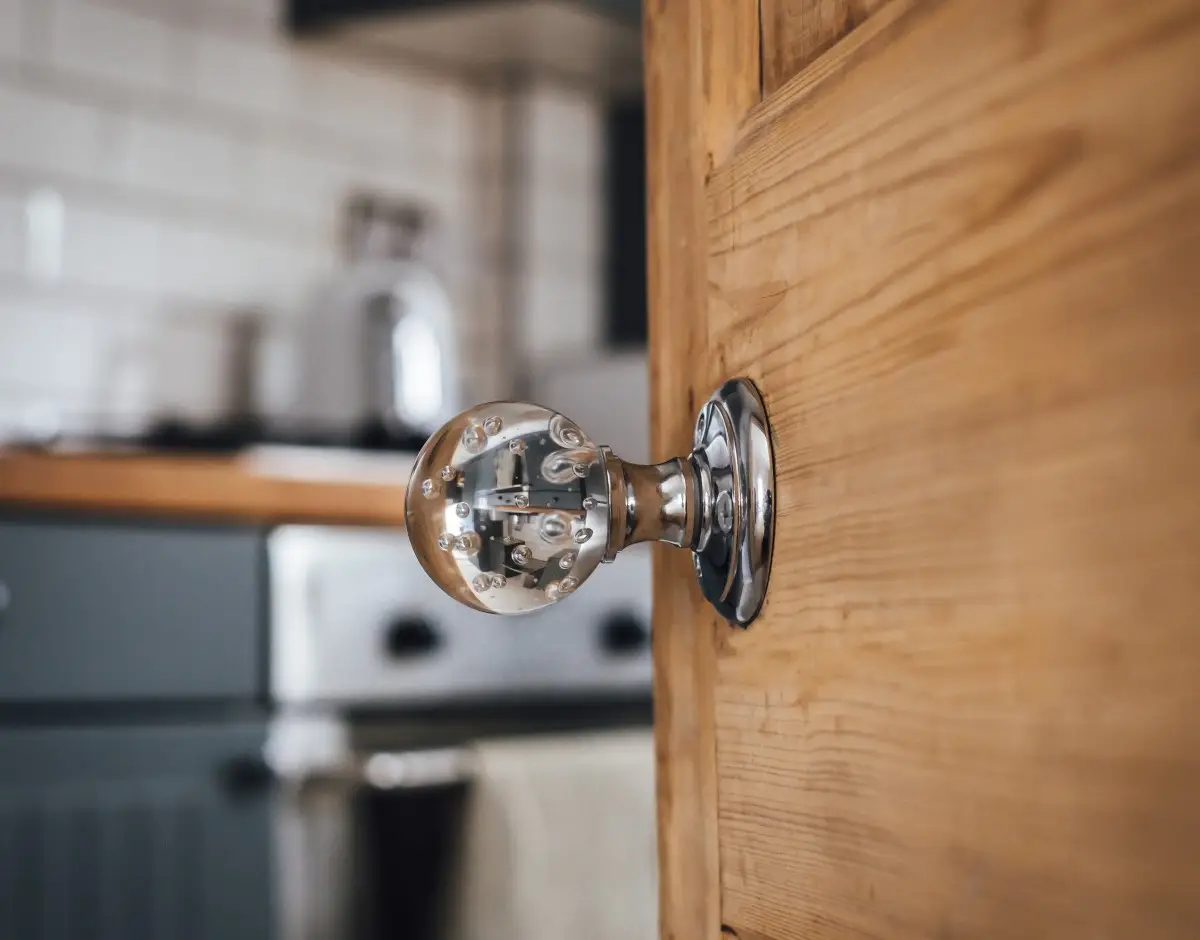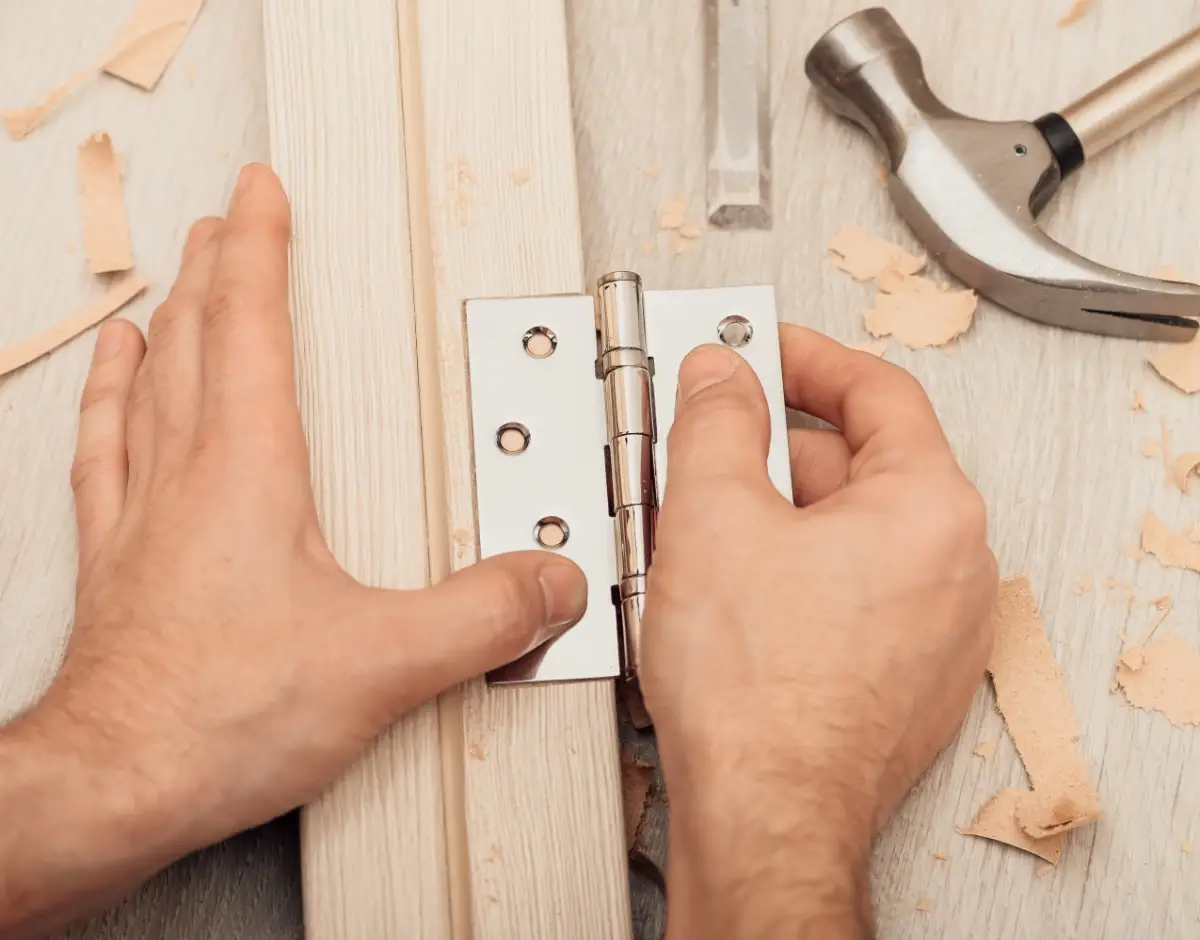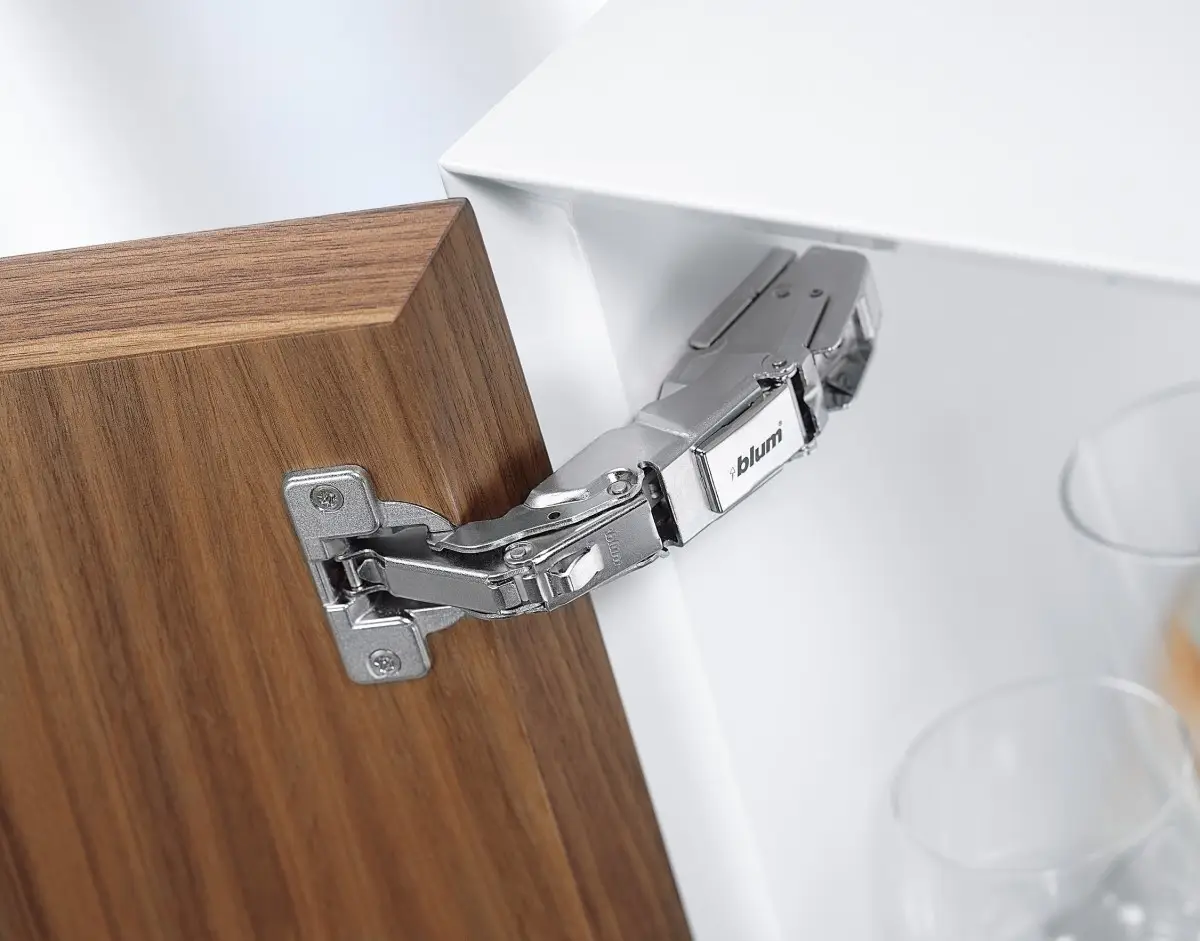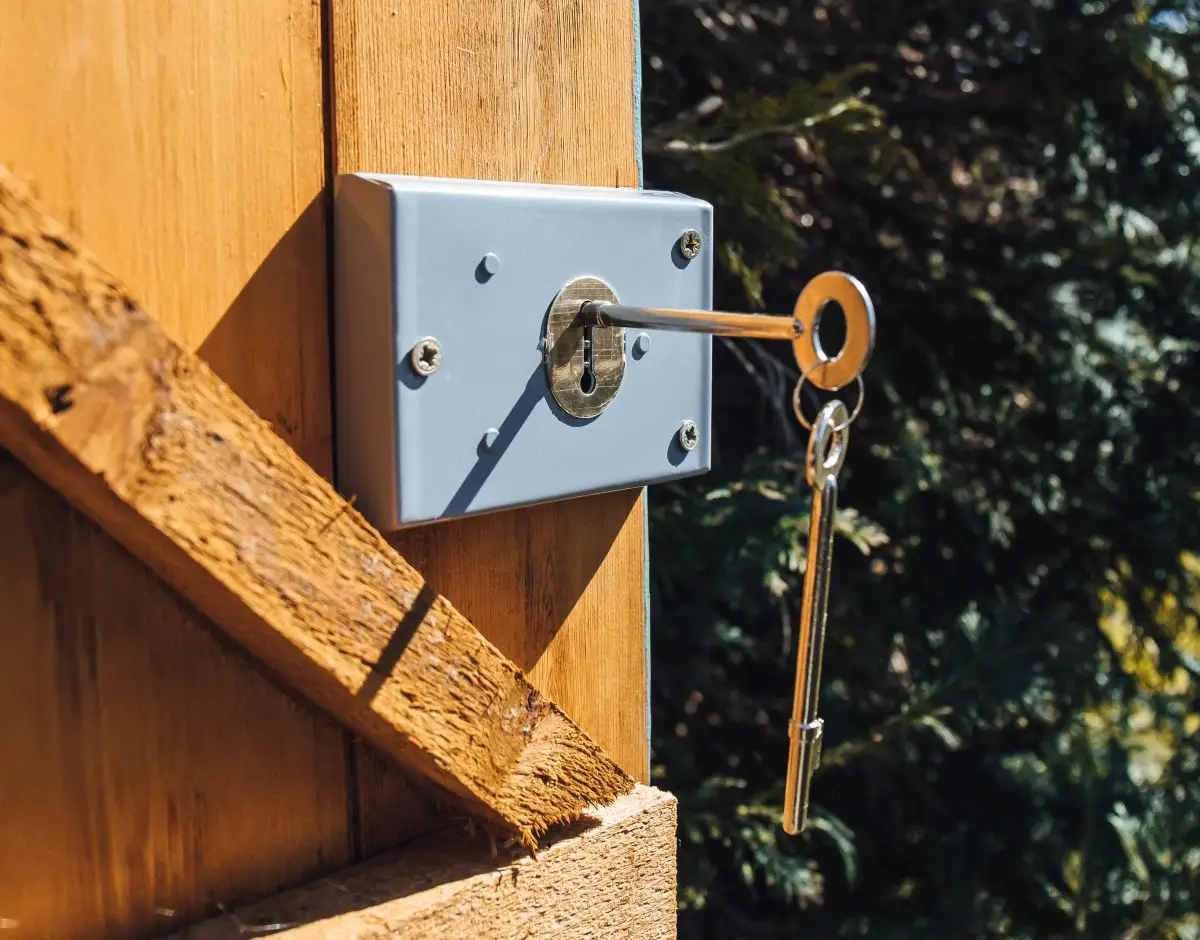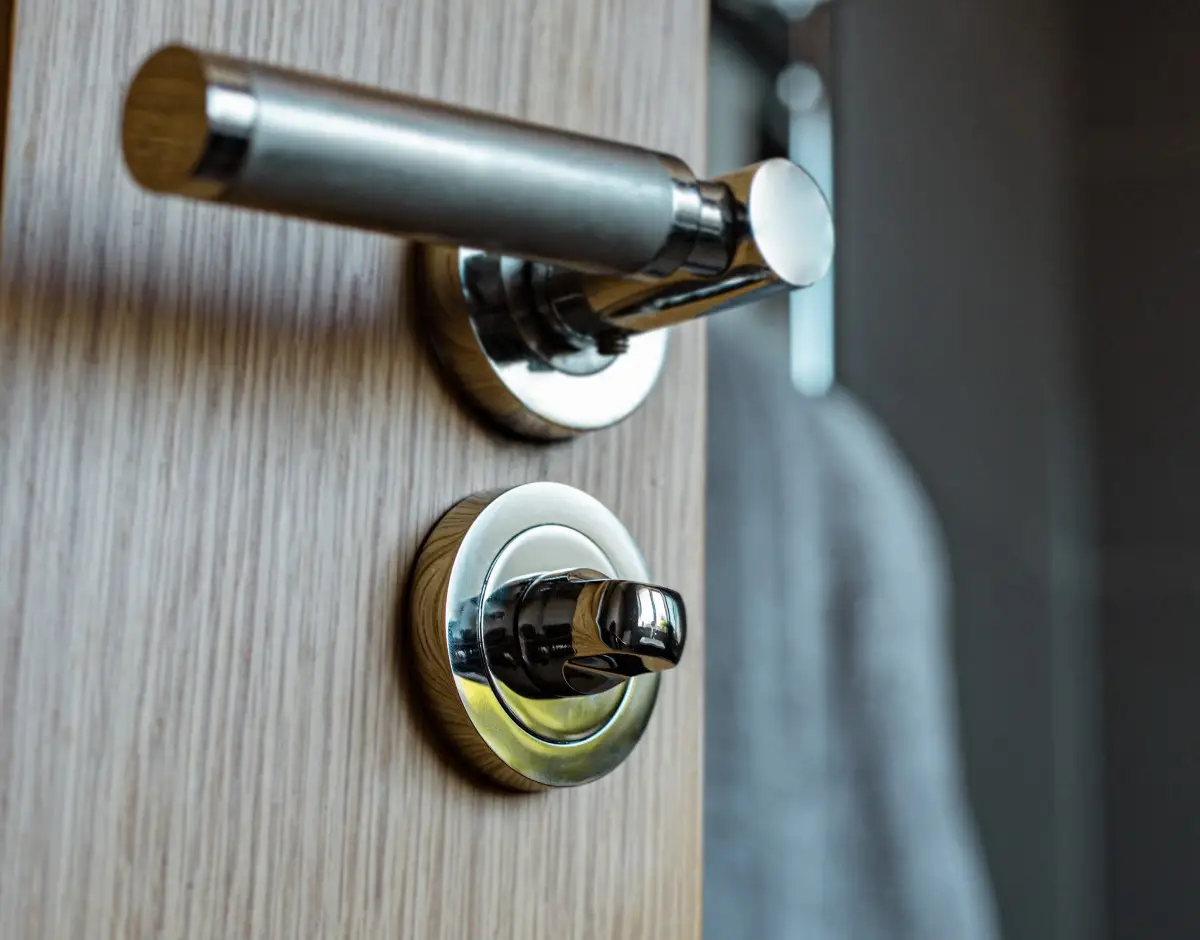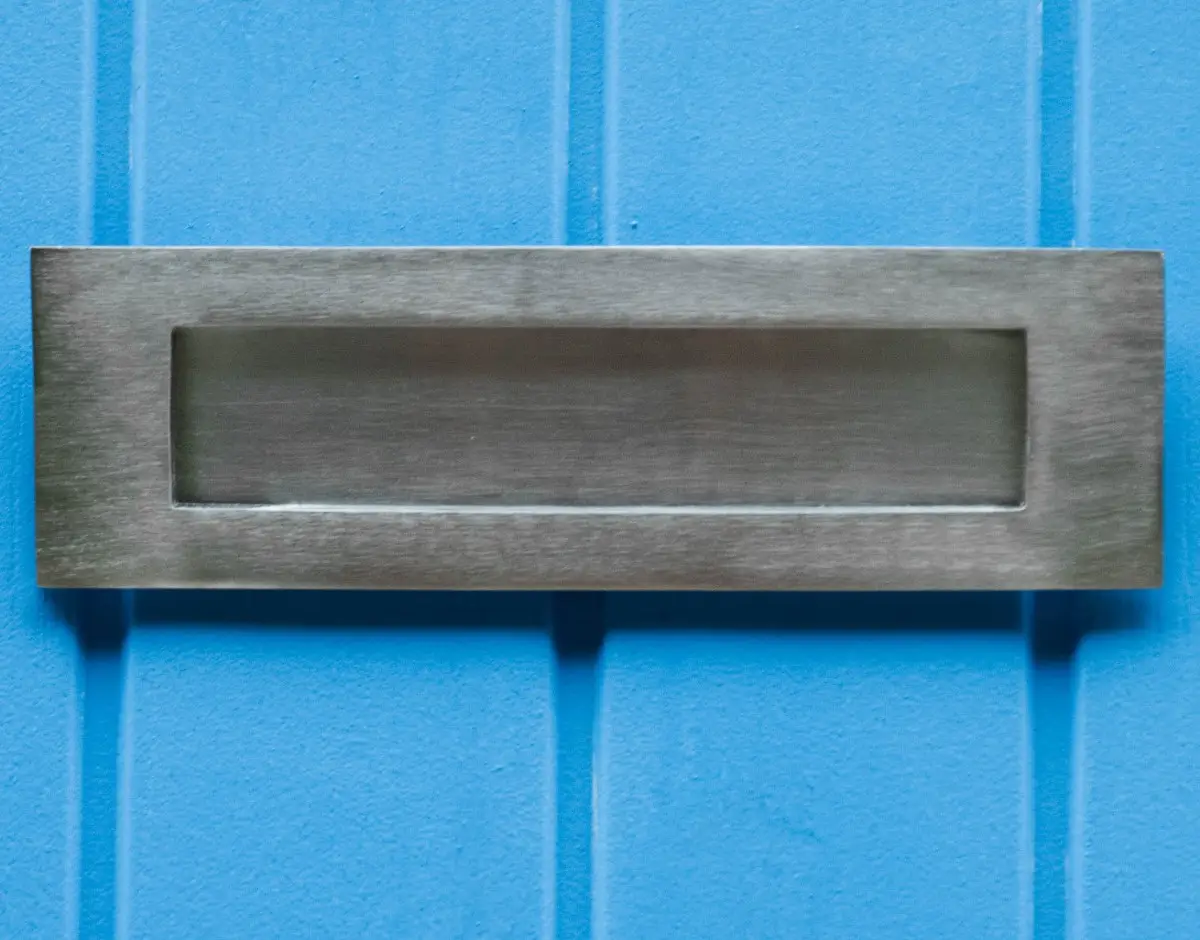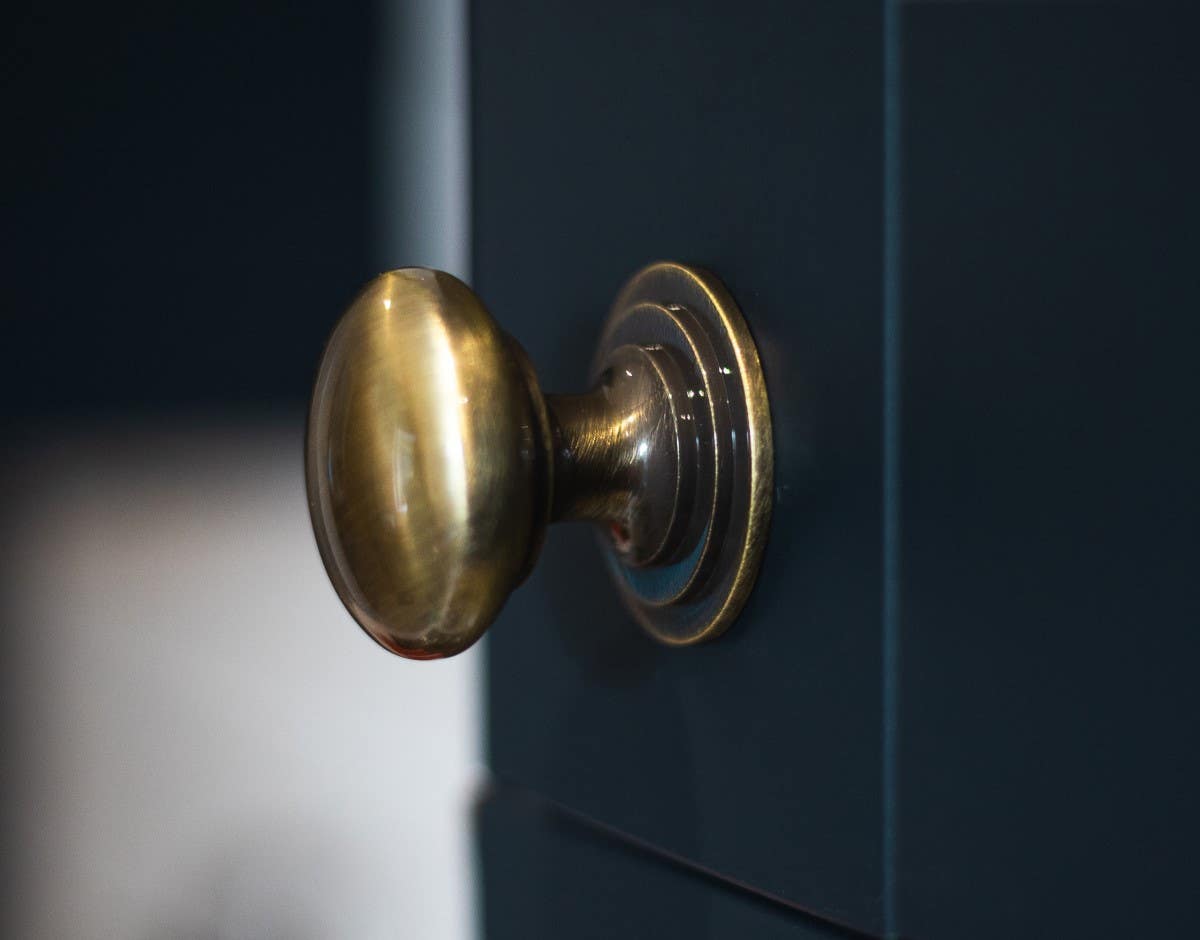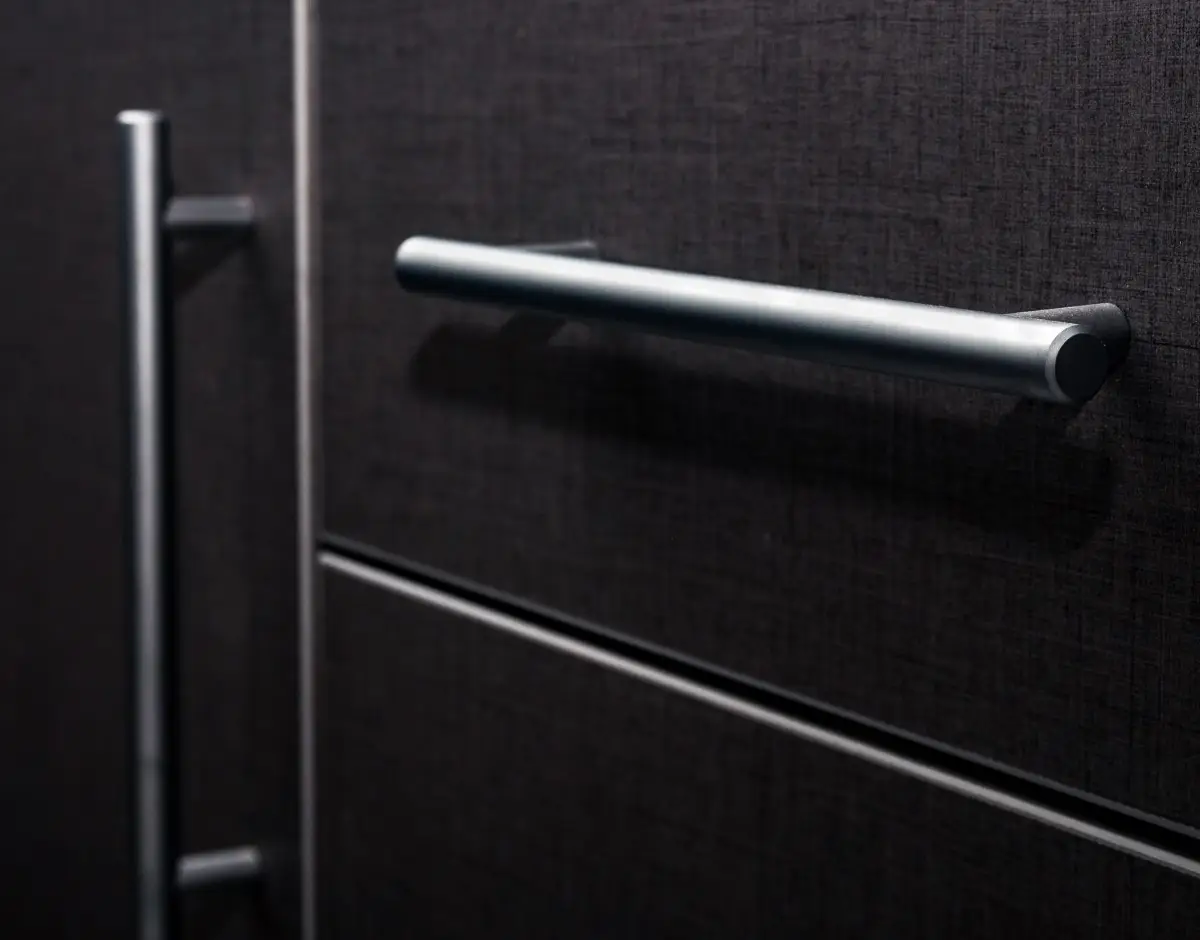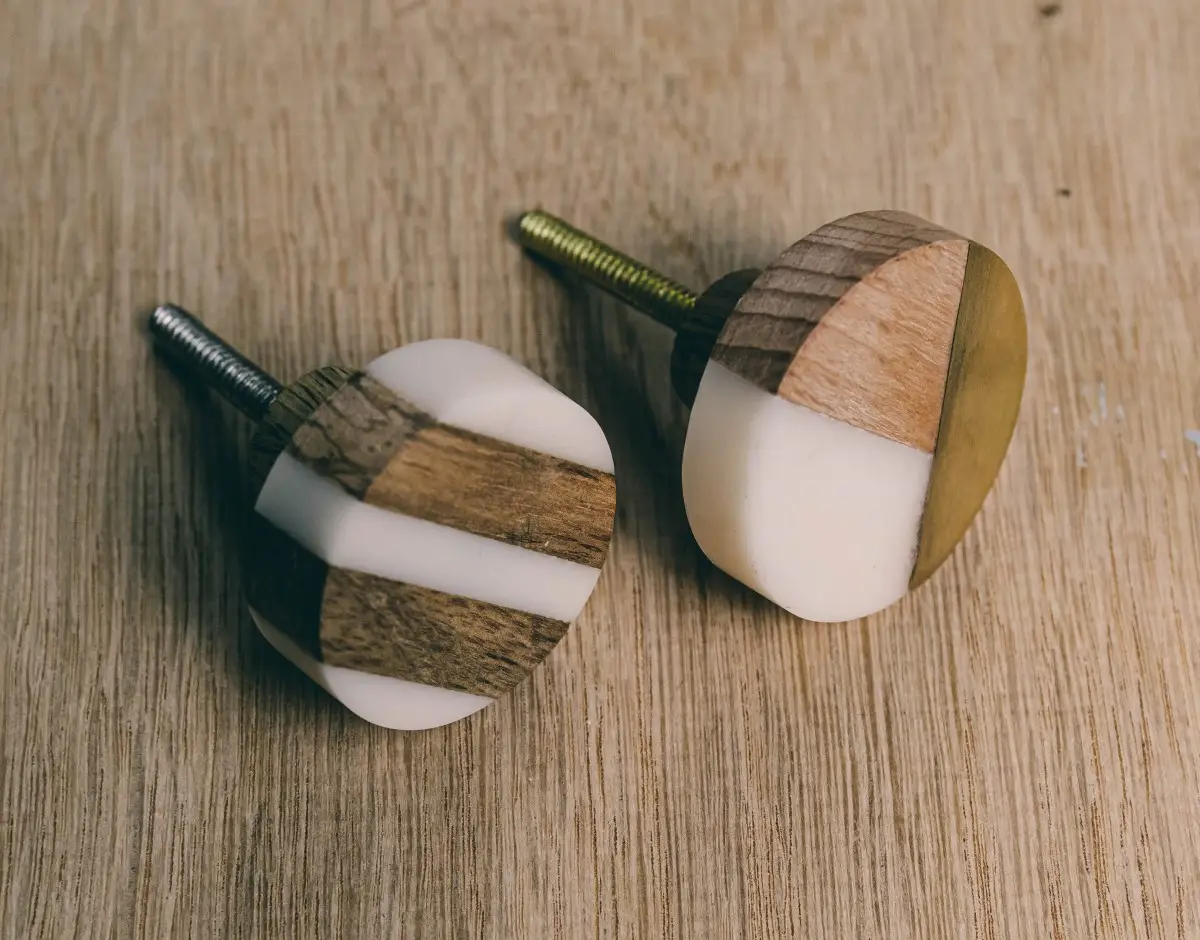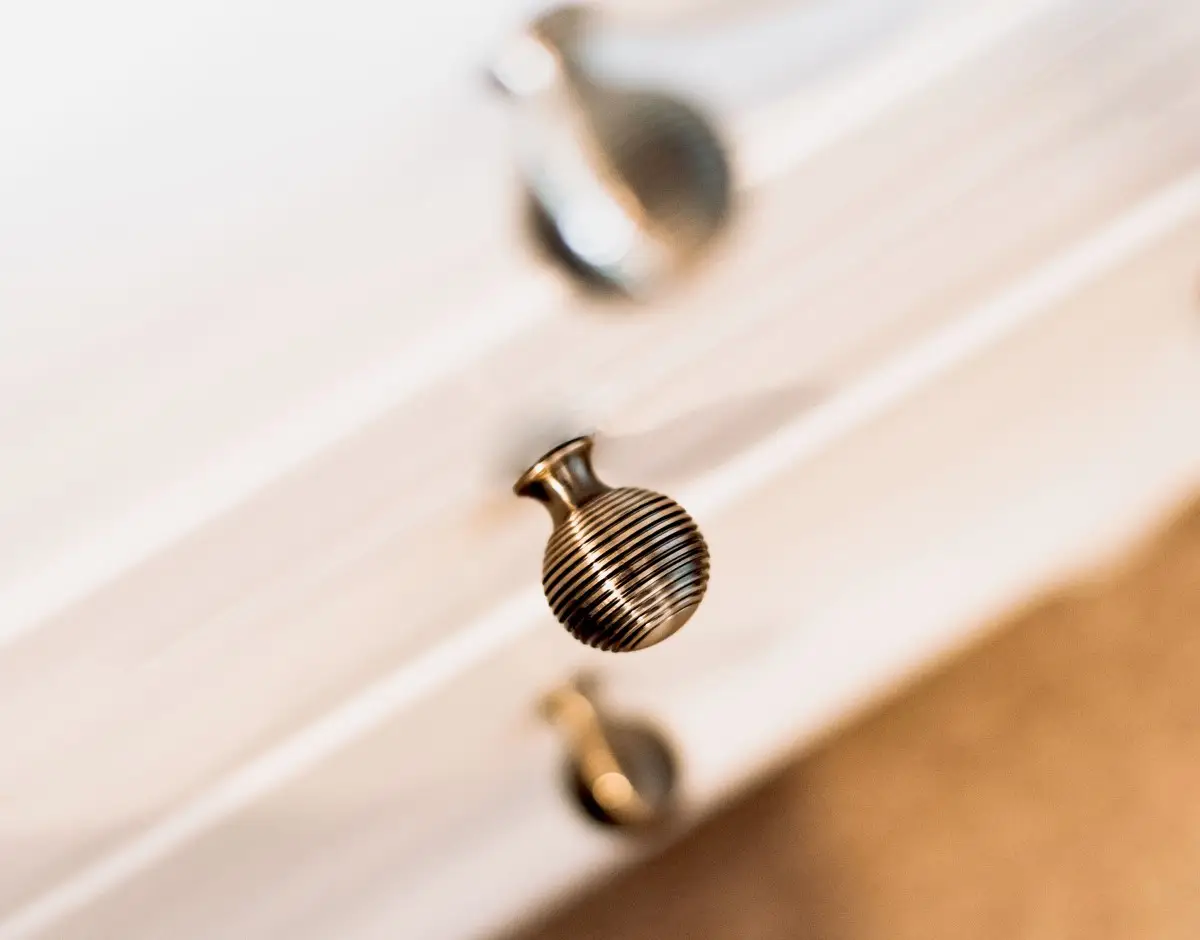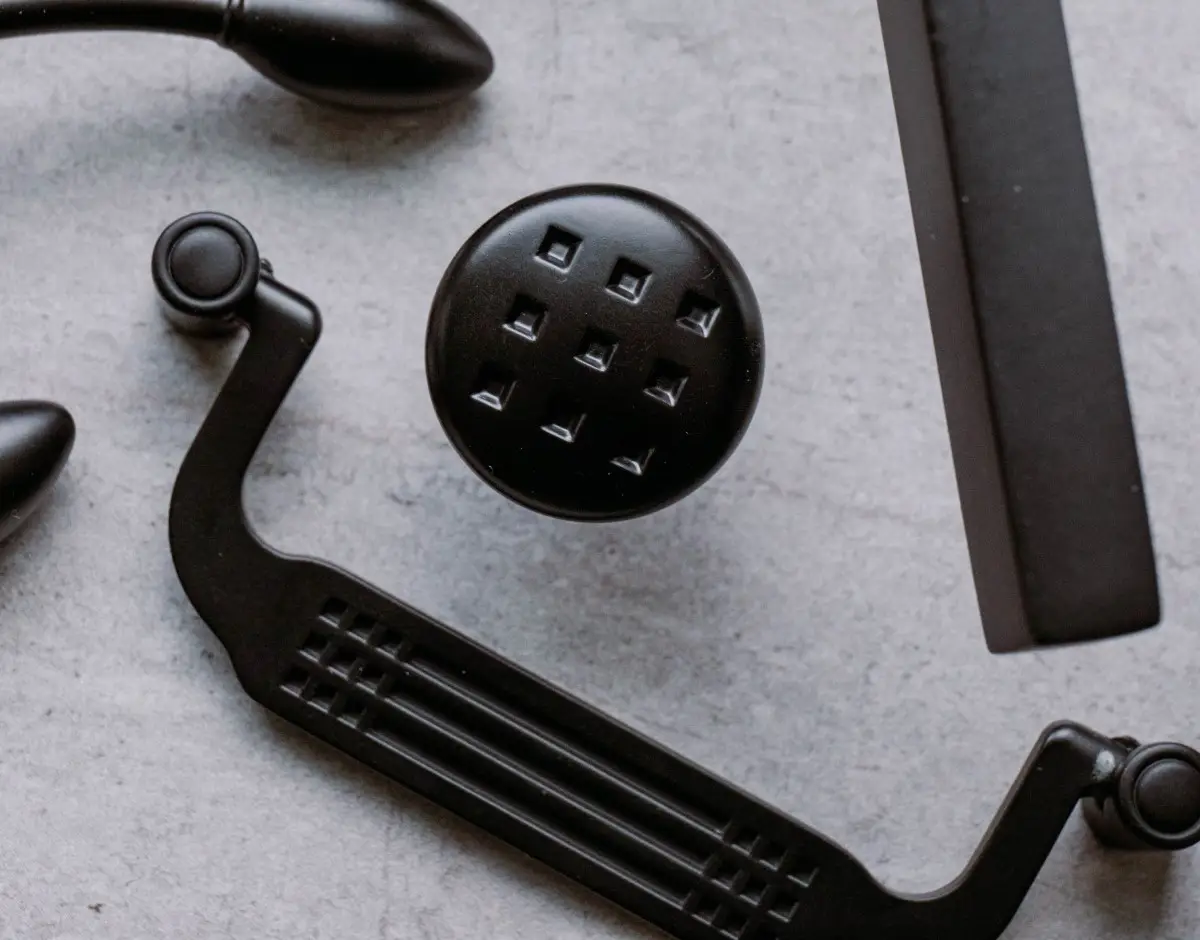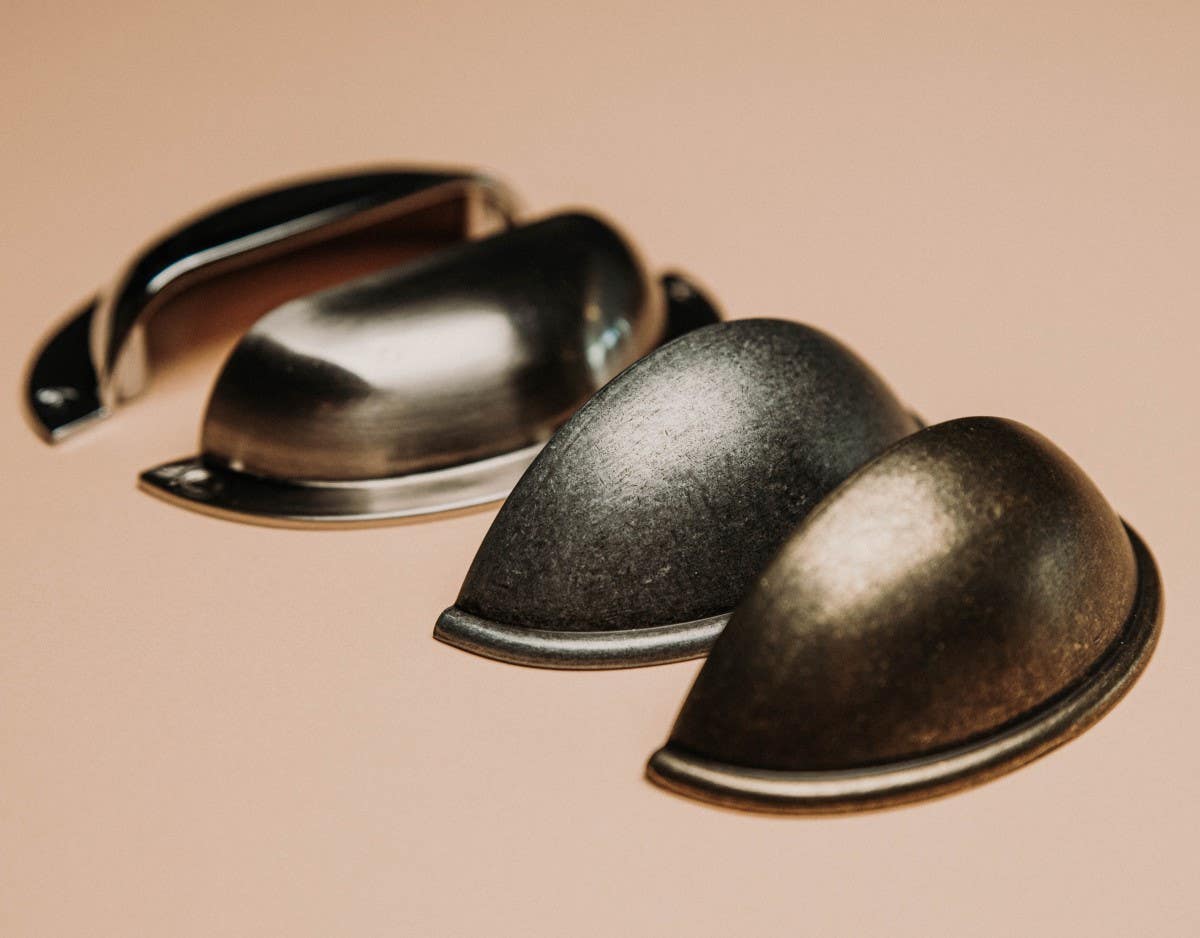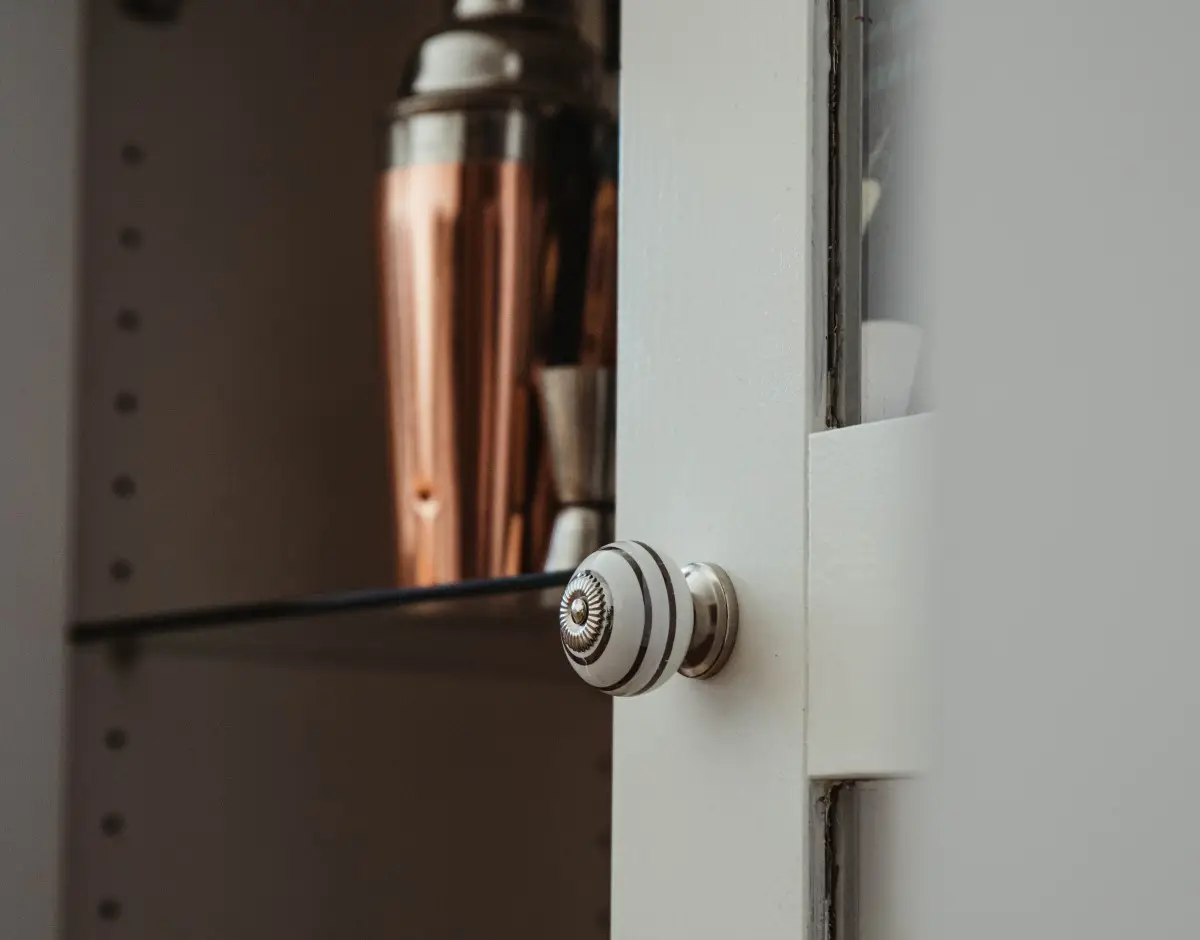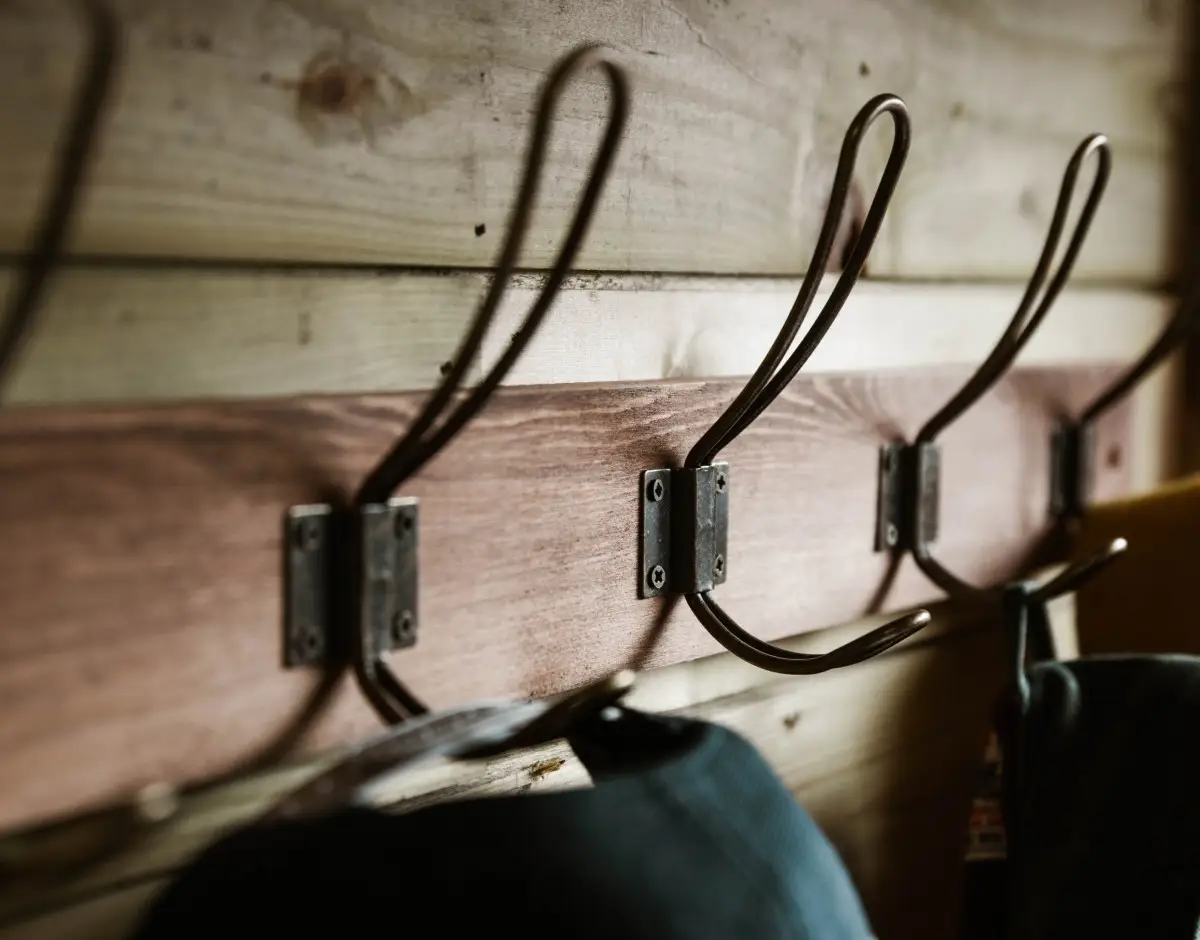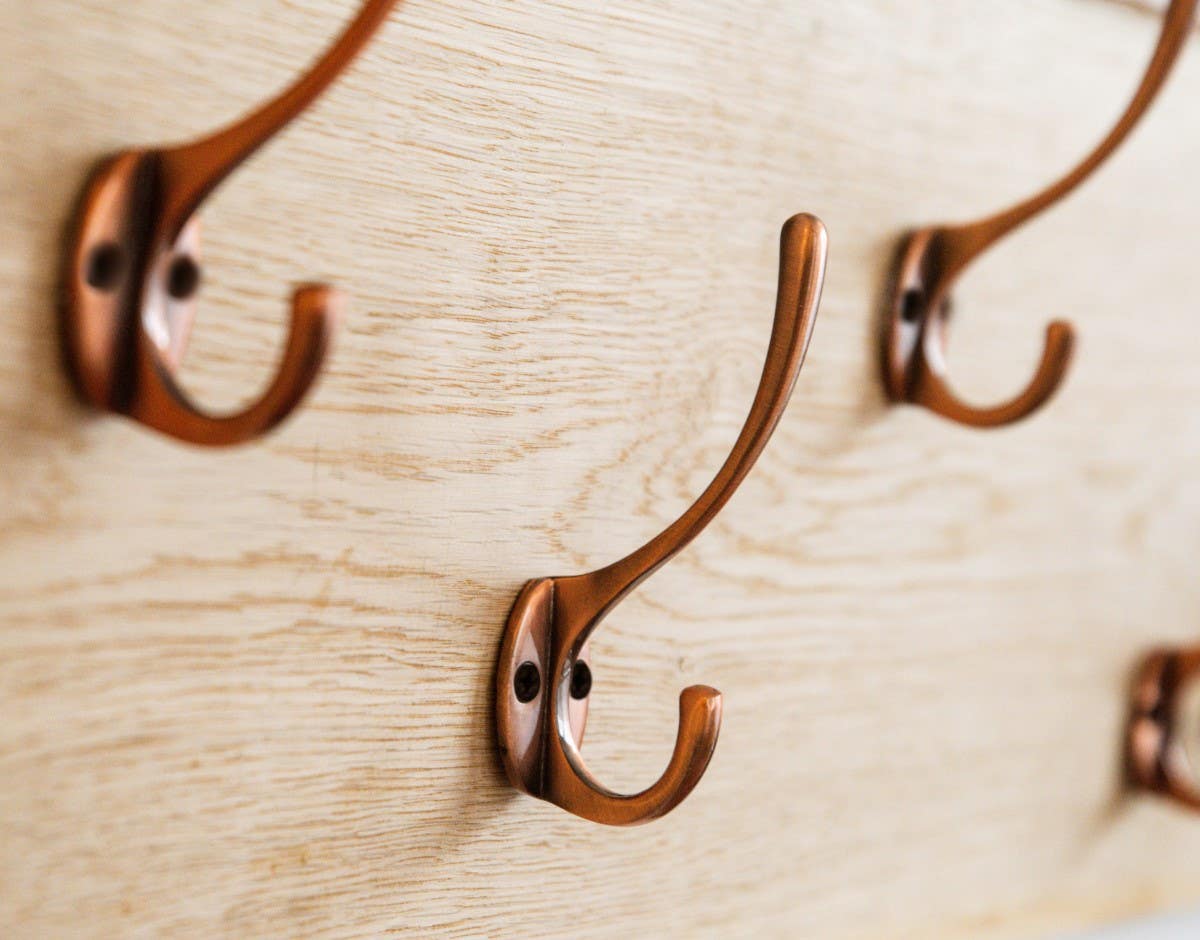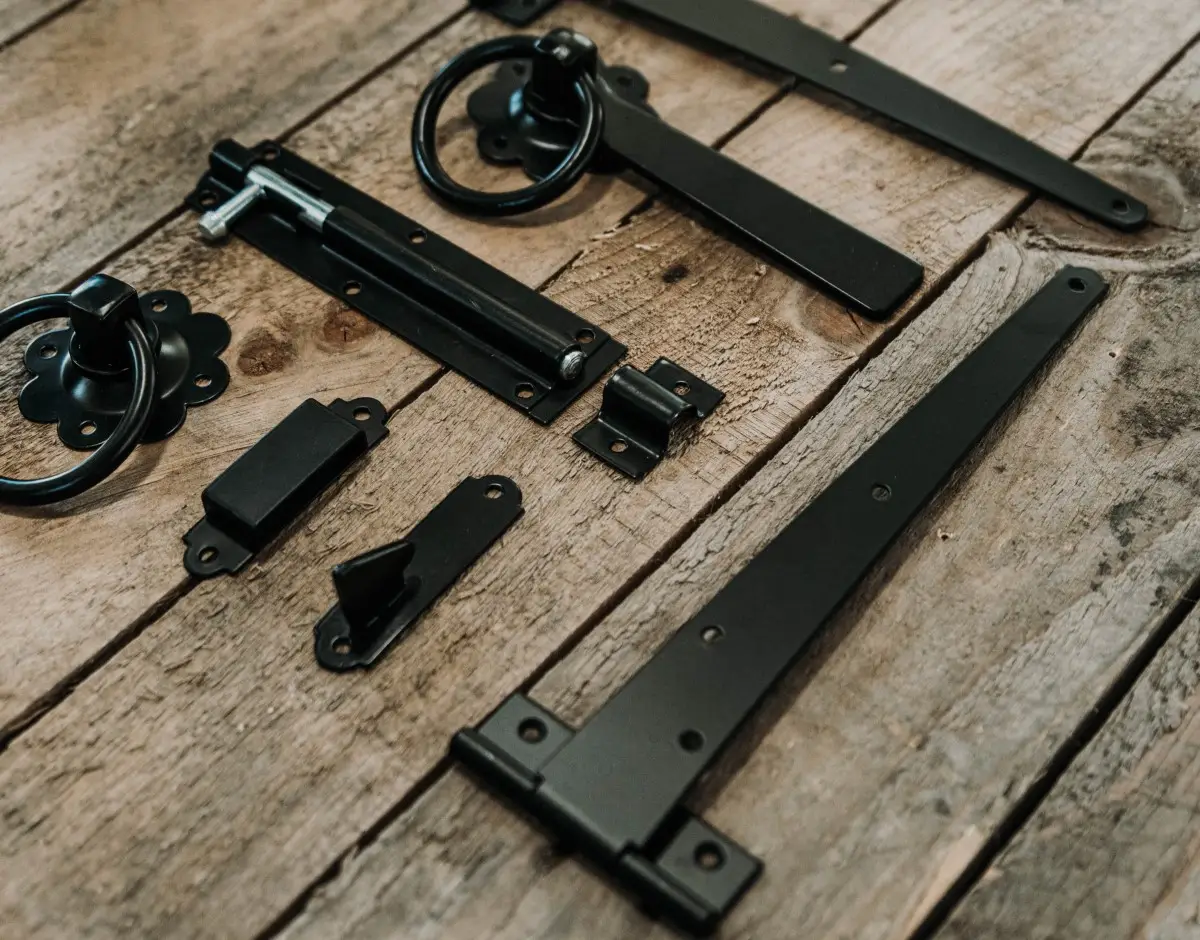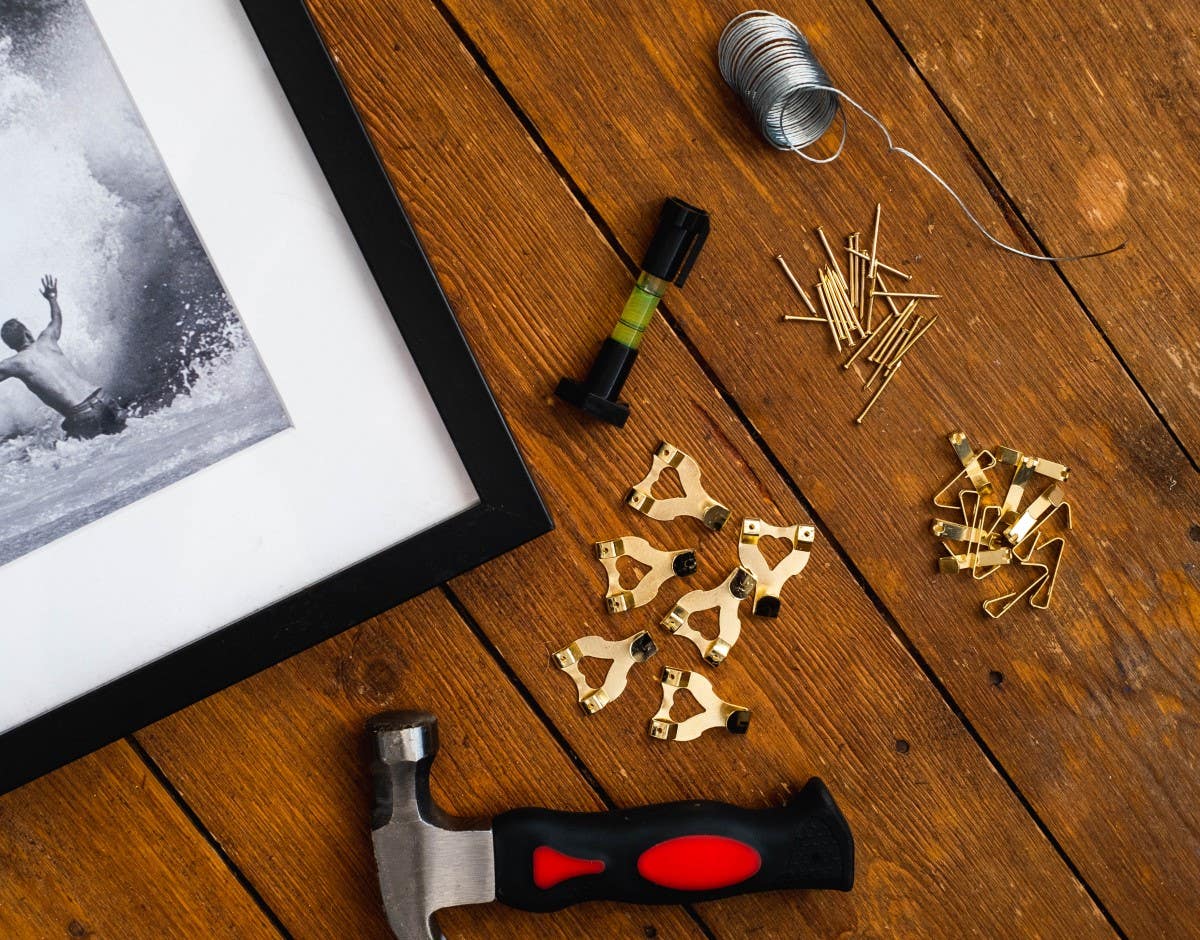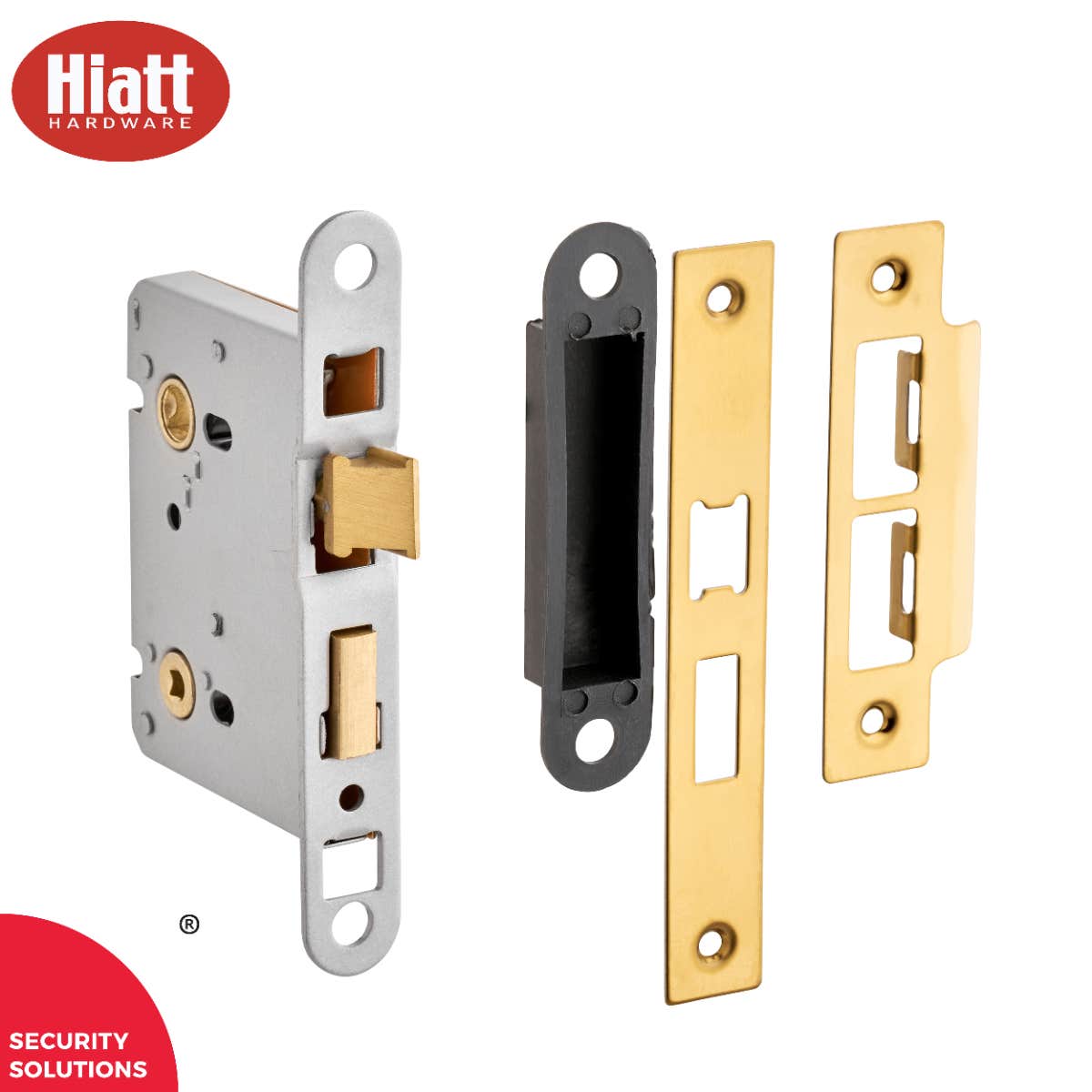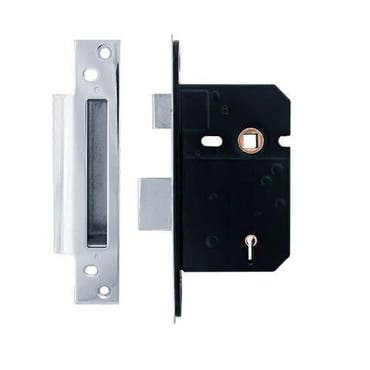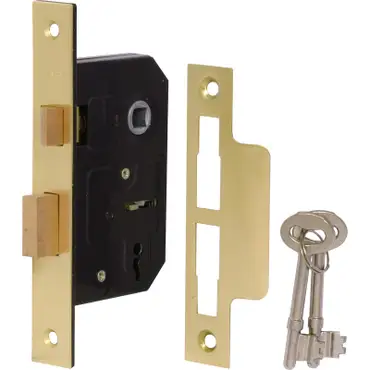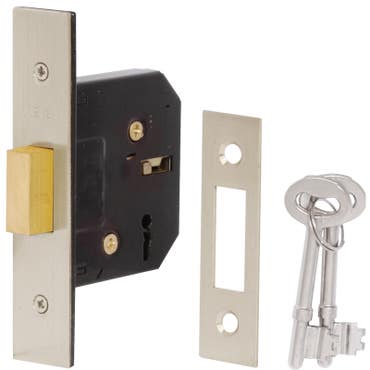If you're needing to replace an existing lock or install new ones, then this article is for you. Sure, to a seasoned DIY-er, the task isn't particularly complicated, but measuring up for it is crucial.
When you measure a mortice lock correctly it ensures you'll buy the right one for your needs. The good news is that this part is something that you can do yourself and you'll find out how by reading on.
What to consider when finding the right size of a mortice lock
Purchasing the correct mortice lock size relies upon you knowing the precise measurements. Failing to do so often results in the door becoming damaged and lots of your time being wasted.
So, let's start by looking at some of the important considerations that need to be made in order to find the ideal lock size.
Consideration 1: the type of mortice lock
One of the most important things you need to know first is the type of mortice lock you require, irrespective of whether you're replacing an old one or installing a new one from scratch.
You'll either have a deadlock or a sash lock and a good thing to remember is that deadlocks are pretty much always found in front doors, whereas a sash lock will mostly be found in back doors and internal doors.
Ordinarily, it should be easier to measure a mortice lock that's a deadlock, as there's no need to bother yourself with handle alignment.
Consideration 2: thickness & width of door stile
Whether you have a mortice sash lock or deadlock, they'll all feature a variety of different depths and lengths. What this means is that you can't be sure that the lock case you choose will fit the hole properly.
Not all locks are the same, but neither are door stiles, so another measurement you'll have to have in your possession is the thickness and width of yours.
This is the reason why it's so important to measure locks properly. As we mentioned briefly earlier, getting it wrong can lead to wasted time and money - plus a damaged door.
Consideration 3: the type of door you have

Something else that you need to think of when it comes to installing mortice locks is the type of door you're dealing with. You see, some have the lock on the left, whereas others are on the right.
That's not too much of an issue with mortice locks, however, as they can be reversed to fit the door's orientation. The material the door is made of is a big factor too, as it affects the type of lock case you can use in it.
You can't fit the same kind of locks to composite doors or uPVC doors as you can for wooden doors (mortice locks are only for wooden doors), so the door's material is a key factor in the equation.
Consideration 4: the level of security provided by the mortice lock
Another factor you'll need to give some serious consideration to is the level of security your lock will be providing. When talking about the front door, you'll be wanting something that's hard to get past, which usually means a 5-lever mortice lock.
You'll find 3-lever and 5-lever mortice locks on the market, with the latter offering more security because of the extra levers. It's simply more secure, not least because it's harder to duplicate keys for the 5-lever option.
In the United Kingdom, the best front door mortice locks will also conform to BS3621, which is the British Standards Institute's endorsement that it's been tried and tested to withstand lock picking techniques used by burglars.
Consideration 5: the purpose of your lever mortice locks
When you measure a mortice lock, our penultimate consideration is the purpose it will serve and the door it's to be attached to. For instance, it will make a difference whether it's for a door in a residential or commercial property.
This will determine the level of business or home security needed, also offering some insight into the quality and robustness of the lock case required.
Consideration 6: measuring the forend length of an existing lock
Finally, should you be buying a new lock to replace one that's already in situ, then you'll find it easier when you come to measuring things up. That's because you can use your tape measure to determine the size of the visible parts of the lock.
From the outside, you should be able to measure both the forend width and length, as well as the handle space and keyspace required.
How to measure a mortice lock
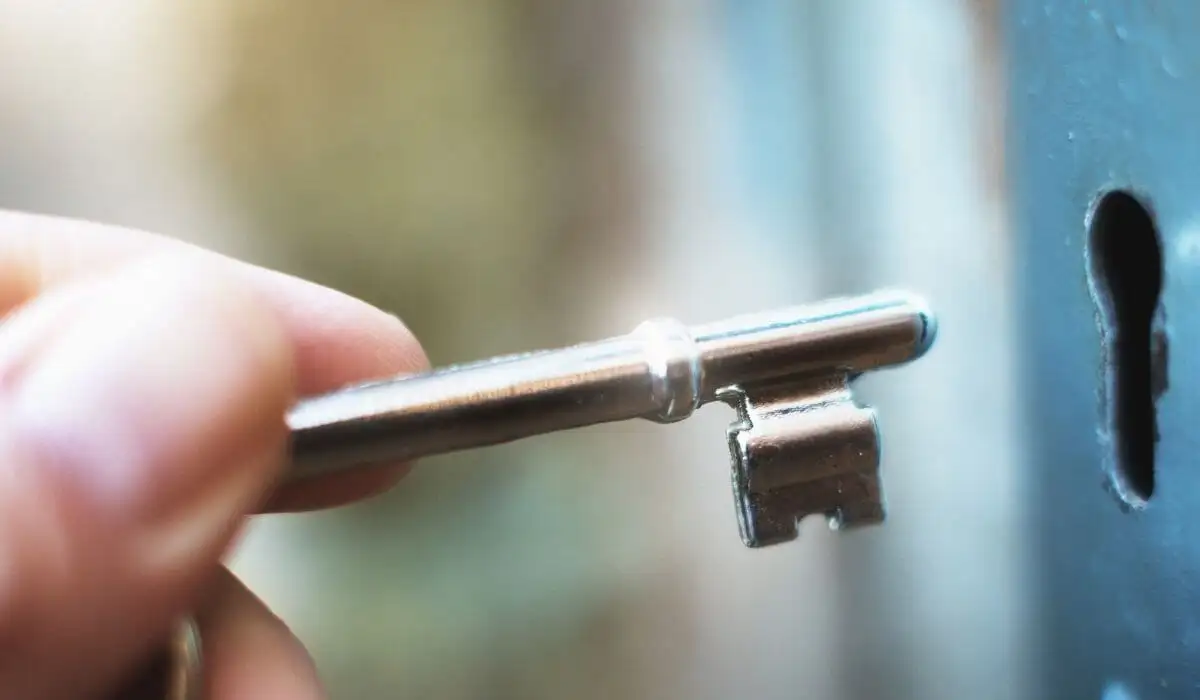
So, we've covered the considerations that need to be made. Now we look at the task in hand - how to measure mortice locks. Regardless of the type of mortice lock, you're measuring, the job isn't difficult and they matter most when dealing with a door that already has existing holes.
When you're working on a brand new door that has no cut-outs, then the measuring of mortice locks becomes less important, as you don't need to be quite as precise. However, even in this instance, it's not a step that should be missed.
Just a few minutes of work
As we've alluded to, it's a pretty straightforward job and it's something that shouldn't take you much more than a few minutes. You'll only need a couple of things to do so too, with the following being sufficient to get started:
- A notepad and pen (to jot down all of your measurements)
- A ruler or tape measure
- A screwdriver (if you need to remove a lock that's already in place)
Let's take a look at how measurements are taken when dealing with the two main types of mortice locks; deadlocks and sashlocks.
Measuring a mortice deadlock
When dealing with a mortice deadlock, you'll have 5 measurements that need to be taken, which goes, step by step, as follows:
- Backset length: this is the distance between the lock's face to the middle of the round hole the handle spindle goes through.
- Case depth: the case depth is the part of the lock you can't see when it's in the door and it determines the required door space. This is the part of the lock body that sits inside the door. Most commonly, for deadlocks, it will be either 64 mm or 76 mm.
- Case height: when talking about deadlocks, they tend to have a very similar height and depth, largely because this type of lock doesn't feature a follower.
- Forend width: the forend is the part of the mortice deadlock you can still see after it has been installed, with the forend width being self-explanatory.
- Forend length: the same part of the lock as with the forend width, but this time, you're measuring the forend length-wise.

Measuring a mortice sashlock
The process is quite similar when attempting to measure mortice sash lock door locks, however, there is an additional step involved. When measuring the backset, the forend's depth/height and the case's width/depth, the steps are the same as for the mortice deadlock.
A sashlock will need to have its centre measured
The additional step here involves measuring what's known as 'the centre', which is noticeable by the fact that it's where you'll find a square hole that the spindle passes through.
Get your measurements right and you'll have no problems!
It's worth reiterating just how important it is that you correctly measure a mortice lock for installation. This is especially the case when replacing an old lock, as the pre-drilled holes will need to match up precisely with the lock you buy.
When fitting a new lock to a new door, remember also to check the door stile's width, as well as taking account of the material the door's made out of.
Lastly, don't forget to consider whether you need a 3/5-lever mortice deadlock or a sashlock, because as we've seen, that matters too. When you need to know that your home is entirely secure, a 5-lever product absolutely provides it.
Then, just follow the steps laid out and jot all of your measurements down clearly. Do that and you should have no problems getting exactly the right lock for your needs.

